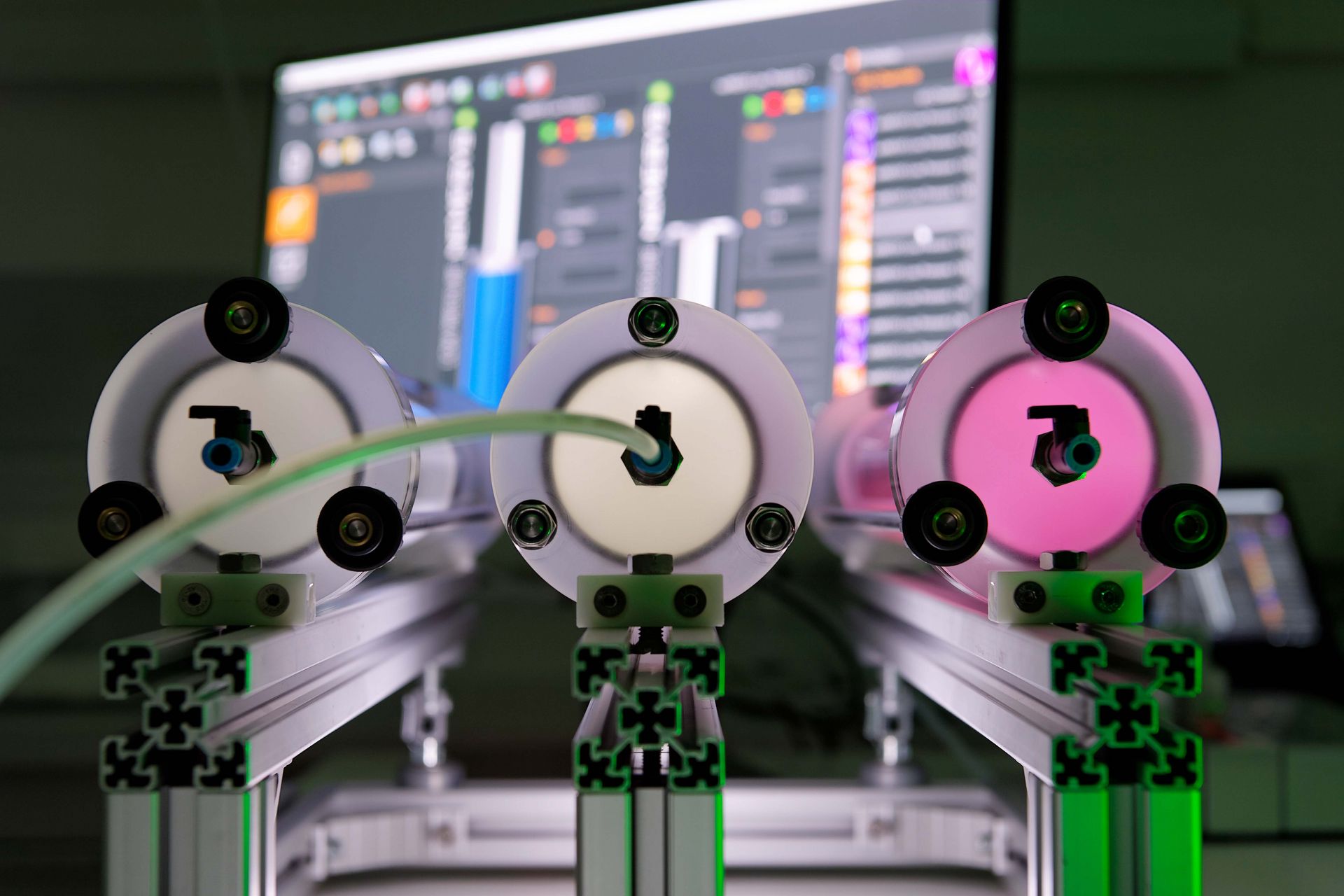News

Earth's powerful core
Werner Siemens Foundation Endowed Chair Martin O. Saar and his team are working on a novel way to generate electricity: using carbon dioxide to channel thermal energy from underground while at the same time removing the toxic greenhouse gas from the atmos-phere—a technology that promises to slow global warming.
Martin O. Saar is convinced that deep geothermal power plants could help to significantly reduce CO2 emissions while also generating large supplies of renewable energy. But in most regions of the world, Switzerland included, accessing temperatures high enough to generate power means drilling up to five kilometres into the Earth’s crust—where rock layers are practically impenetrable. In order to channel heat to the surface, the standard method is to inject water to break up the rock, but this procedure can also trigger earthquakes. As a result, there are currently no viable petrothermal systems to generate electricity.
Exploiting CO2
A few years ago, Professor Martin O. Saar and one of his PhD students in the United States hit upon the idea of using not water but carbon dioxide to transport heat from the Earth’s crust. Under certain pressure conditions, CO2attains a supercritical aggregate state with the highly interesting advantage of being able to transport even relatively low levels of heat, channelling it through rock layers. This innovative method would make it possible to tap into geothermal heat located far below the Earth’s surface in a variety of regions. And, what is equally important: the amount of CO2 released into the atmosphere could be inhibited by permanently sequestering the greenhouse gas underground. In the meantime, the idea has generated a patent and a company. Martin O. Saar had his “Carbon Dioxide (CO2) Plume Geothermal – CPGTM” patented, and he founded the company “TerraCOH” in the US to market the CPG technology. Another newly founded company, CO 2 POWER, will be responsible for commercial development of the technology in Europe and other countries. CO 2 POWER is an ETH Zurich spin-off and will soon launch in Zurich.
CO2 turbines
Researchers are currently developing the first-ever geothermal power plant that uses carbon dioxide to channel energy from far below the Earth’s surface; the system will also sequester large amounts of CO2 underground. Together with an international energy company, Martin O. Saar and his team of 20 researchers are developing a CO2 turbine for the new power plant. The pilot test is scheduled for 2020 and will take place in a closed loop above ground. Later, the cycle will be tested underground; a location with the right conditions is currently being sought. What is needed is a saline reservoir (which otherwise has no practical use) at a depth of two to three kilometres. The CO2 will be pressed into the reservoir, where its temperature increases. It is then harnessed again so that it can be conducted through turbines to generate power. In the end, the carbon dioxide will be returned to the reservoir.
Ultra-efficient battery
But Martin O. Saar and his team are not yet ready to rest on their laurels. They plan to further develop the CPG technology to create the ultra-efficient “Earth Battery” and will soon be ready to register the next patent. The battery will support other renewable energy sources—for example wind and solar power—that are not always on supply and therefore require a storage system in order to provide continuous energy. When integrated into a CO2geothermal power plant the new Earth Battery will be able to store energy in the range of gigawatt-hours for hours to months. Moreover, with the addition of geothermal energy, three times as much energy will be released from underground as was originally fed into the system.
Ecological energy supply
According to the International Energy Agency (IEA) and the Intergovern-mental Panel on Climate Change, there are enough reservoirs in the Earth to sequester all human-induced CO2 emissions for over 100 years. “If only a fraction of them were connected to a CO2 geothermal power plant and a few of them had an Earth Battery, it would be a major contribution both to securing the energy supply we need and to reducing global warming,” says Martin O. Saar.
Text: Sabine Witt
Photos: Felix Wey